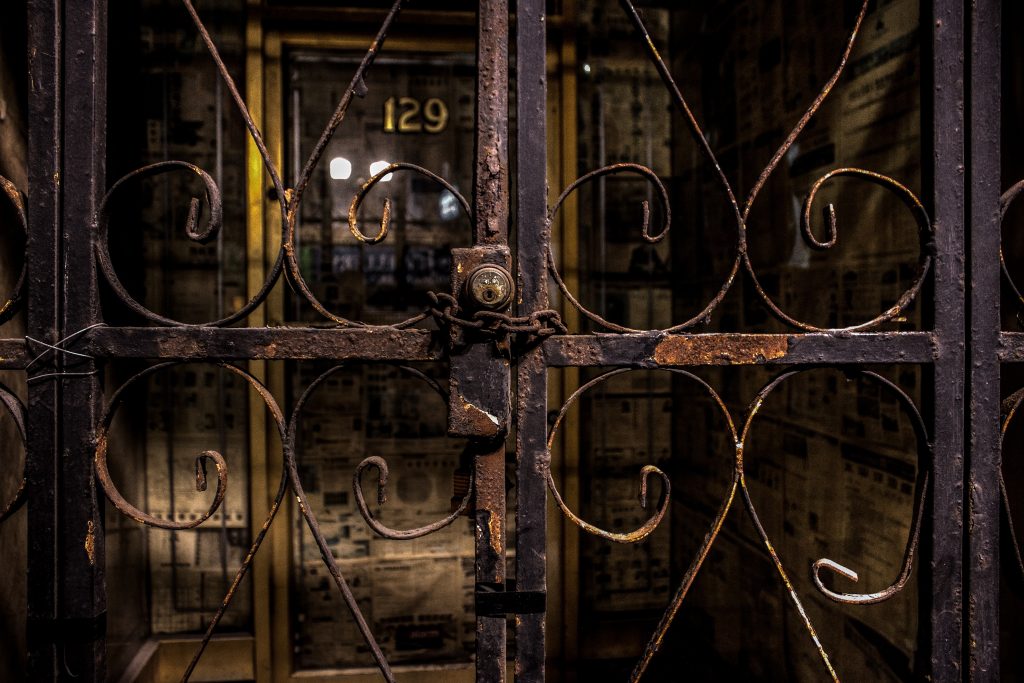
March 6, 2020 | Toronto Neighbourhoods
There’s a movement afoot in many cities across North America aimed at taxing vacant store fronts. There are proposals going to local governments in Montreal, New York, San Francisco, Vancouver and yes, here in Toronto too.
Why are vacant storefronts such a big issue now, even if you have no interest in commercial real estate? In the past, vacant storefronts were more characteristic of struggling neighbourhoods in decline. Nowadays, empty storefronts are showing up more and more in established, expensive neighbourhoods. The more vacant stores that exist, the less appealing a successful neighbourhood appears. In essence, these empty storefronts are killing neighbourhood main street. On top of that, it’s also very odd to have empty storefronts in cities where commercial vacancy rates are so low. The problem has not come close to destroying any Toronto neighbourhoods yet, but there is a surprisingly large number of vacant store fronts in highly established neighbourhoods like the Beach and Bloor West Village.
Some cynics may just assume this tax is a government cash grab. I don’t think that’s the case. Unlike a lot of City taxes, this proposed Toronto vacant storefront tax is not aimed at generating big money for the City, but more at stopping the demise of many neighbourhoods. At at time when there is such a tight level of commercial inventory, it would be hard to believe that any stores can sit empty in Toronto. It’s not a question of whether businesses want to open up in these neighbourhoods. It has more to do with these neighbourhoods becoming a victim of their own success.
Let me elaborate…When a neighbourhood becomes desirable, new businesses start to move in, real estate prices go up, and condo development starts to happen. In downtown, the condo development will be more dense. In neighbourhoods like the Beach, or Leslieville or Roncey, new development will be gentler, but still adding to the densification. With added density you would think that businesses would thrive. After all, there are more people in the neighbourhood. The truth is, however, many of these commercial landlords will hold out until they find the kind of tenant they want. With neighbourhoods that rise in value quickly and become a desirable neighbourhood, the commercial rents skyrocket, especially in growing cities like Toronto. So, many kinds of businesses cannot stay. Your local drycleaner may have a hard time with the rents. In some cases it’s easier for a chain restaurant like Shopper’s Drug Mart, which can feel at times like the only pharmacy in Toronto, to move in. Why? Because they can afford the rent. Local businesses have a harder time.
Also, some commercial landlords would rather stay empty in the hope that they will be bought out by a condo developer. They are just merely waiting on their asset to appreciate. They don’t want to be held down and restricted by commercial leases.
So, the tax isn’t just about raising money for the City. It’s about discouraging commercial landlords from sitting on empty storefronts.
This is more about stopping the erosion of some neighbourhoods from having these empty store fronts in an environment where commercial space is in high demand and encouraging those empty storefronts to allow more businesses to come in, and in turn, foster a more walkable and livable neighbourhood.
There was an attempt in Toronto last year to discourage these storefronts from remaining empty, though the impact appears to be minor. Believe it or not, there was a rebate program from the government for commercial owners with storefronts that were empty. In other words, storefronts used to receive a rebate for having no business. That has been scraped. This is how that old program worked: If you own a commercial property and it’s vacant for a full year, you can apply for a tax rebate that refunds 25 per cent of your property taxes. This rebate was introduced in 1998 as a way to subsidize property owners in hard times. Now that struggling commercial storefronts do not seem to be a problem for a great number of Toronto neighbourhoods considering the low vacancy rate.
Of course, to be fair, we cannot exclusively blame the bad commercial landlords for destroying neighbourhoods. Many of them feel the fast rising commercial taxes from the City are partially to blame for the empty storefronts. The landlord’s require higher rents from their tenants to pay the higher taxes. Another big contributor to fewer storefront businesses: Online shopping. This will effect some businesses more than others, but if tenants discover their inventory sells more online, why would they pay higher rents in a more expensive neighbourhood?
This vacant store tax is not here yet, but I suspect it’s on its way. I’m not sure what kind of impact it will have, but money does talk when it comes to commercial landlords. They will have to decide whether it’s worth taking the hit of an extra tax or letting a business move into their empty storefront for less money than they would like.
In the end, even for commercial landlords it’s not in their interest to keep storefronts empty for too long. If vibrant neighbourhoods start to accumulate too many empty storefronts, people won’t want to live/shop in these neighbourhoods as much, and the rents will trickle back down.

